Thank you for downloading this AMACOM eBook.
Sign up for our newsletter, AMACOM BookAlert , and receive special offers, access to free samples, and info on the latest new releases from AMACOM, the book publishing division of American Management Association.
To sign up, visit our website: www.amacombooks.org
To learn more about the American Management Association visit: www.amanet.org

The copyright information for this title may be found at the end of this eBook file.
LEAD RIGHT
FOR YOUR
COMPANYS
TYPE
 WILLIAM E. SCHNEIDER
WILLIAM E. SCHNEIDER
LEAD RIGHT FOR YOUR COMPANYS TYPE
 HOW TO CONNECT YOUR CULTURE WITH YOUR CUSTOMER PROMISE
HOW TO CONNECT YOUR CULTURE WITH YOUR CUSTOMER PROMISE 

An organization is a human, a social, indeed a moral phenomenon.
PETER DRUCKER
Quoted in Micklethwait, J., and Wooldridge, A., The Witch Doctors
Companies are communities. Theres a spirit of working together. Companies are not a place where a few people allow themselves to be singled out as solely responsible for success.
HENRY MINTZBERG,
Quoted in Moore, K., Transcript: Why a good boss needs to focus on community. Globe & Mail
Understanding human organizations as living systems is one of the critical challenges of our time.
FRITJOF CAPRA, The Hidden Connections
The visible world is the invisible energy of organization.
HEINZ PAGELS, Physicist, The Cosmic Code
All things are connected. Whatever befalls the earth, befalls the sons of the earth.
Attributed to CHIEF SEATTLE, 1854
If a thing is not good for the hive, it is not good for the bee.
MARCUS AURELIUS, Meditations
Leadership is the process of creating an environment in which people become empowered.
GERALD WEINBERG, Becoming a Technical Leader: An Organic Problem-Solving Approach
The major problems of the world are the result of the difference between the way nature works and the way people think.
GREGORY BATESON
The business of business is people. Yesterday, today, and forever.
HERB KELLEHER
A human being is part of the whole, called by us the Universe, a part limited by time and space. He experiences himself, his thoughts and feelings, as something separate from the resta kind of optical delusion of consciousness. This delusion is a prison.... Our task must be to free ourselves by widening our circle of compassion to embrace all living creatures and the whole of nature in its beauty.
ALBERT EINSTEIN, Quoted in Fleurmach.com
ACKNOWLEDGMENTS
This book has been long in the making. Soon after I wrote my first book on organizational culture, I set out on a path to link culture to customer promise and leadership. My reasoning was that, without that linkage, information on culture would be helpful, but not impactful enough. My view then (and now) is that customer promise, culture, and leadership must be addressed together and that, until such is done, it is difficult to make a substantive and lasting contribution to the success of any enterprise. I hope that this book goes a long way toward making that contribution for leaders. But, I could not, and did not, get to this stage alone.
Which leads me to all those people to whom I owe a great deal of gratitude.
Nick Colarelli started me down the path of looking at organizations as systems and has been a guiding force in my professional life for the last 39 years. Rich Fortin was a wise and thoughtful colleague who helped me crystallize my thinking about connecting customers, employees, and leaders. Tom Rand helped me immeasurably with assessment system design. Kyle Davis has effectively contributed much to the design, scoring, and presentation of the results of all of our assessments. Michael Ihlenburg has greatly helped us build online platforms for our assessments and websites. Rad Eanes continues to this day to be a great friend and colleague who always provides me with valuable insights and advice.
All of our 261 colleagues in our network of consultants have helped advance the concepts and methods in this book by bringing us in to work with them and their clients. Our colleagues at Spencer, Shenk, and Capers; TAP Resource Development Group; Lee Hecht Harrison; Insperity; PA Consulting Group; and Hedron Consulting Group have helped our firm progress and refine the framework and methodology in this book. I am particularly grateful to Sharon Dye, Brad Spencer, Tom Shenk, Dan Collett, Susan Peirce, Richard Gerstberger, Kevin Purcell, Geoffrey Moore, Peter Moore, Dan Guenther, Arnold Sykes, and Madeline McGill for their long-standing collaboration with us over many years.
Our clients over the years are too many to name here. They have helped us refine and continually develop our thinking and approach. We would not be where we are today without them. I want to give special thanks to Sean Burke, Jana Burke, John Williams, Kay Norton, Robbyn Wacker, Gloria Reynolds, Wolf Hengst, Dan Henig, Herb Schulze, Sam King, Bob Dalton, Mike Smith, Jana Edwards, and Rick Poppe.
Mike Snell, my literary agent, has encouraged me since we first met in mid-2015. His no-nonsense thinking, long years of experience in the publishing business, and sound advice have made a huge difference in getting this book to market.
I cant praise Libby Koponen, my editor, enough. She is superb at her craft, has a blend of writing expertise and knowledge of what works for readers, and tons of integrity. She grasped my concepts immediately and made the book readable and helped me make the concepts accessible and easily understood. She is also a great consultant!
Stephen S. Power, senior editor at AMACOM, has been in my corner every step of the way. He has been a strong supporter of this book within AMACOM. Also thanks to Tim Burgard, senior editor at AMACOM, for his guidance in getting the manuscript ready for production.
My wife, Kristine, deserves a medal for putting up with me in the long process of bringing this book to press. She has been a strong supporter of me and my work, a valuable sounding board, and a caring companion. Finally, I want to thank my children, Bill, Michael, Greg, and Mary for their continuous support and encouragementeven as the timeline for completing the book stretched out further than anticipated.
CONTENTS
FOREWORD
I first met Bill Schneider when he was admitted to St. Louis Universitys psychology program as a graduate student. I was a member of the graduate faculty at that time. It was my good fortune that he selected me as his advisor. I soon discovered that he was a cut above his fellow students in his capacity for abstract thinking. He perceived patterns and relationships that were indiscernible to others. It was impressive to watch him struggle to find words and metaphors to make the indiscernible communicable to the rest of us. Early on he developed an interest in systems theory and became a voracious student of anything related to it. His reading reinforced his tendency to look beyond the obvious, to probe more deeply, and to search for the connectedness of things. As a graduate student he honed this interest and inclination into a mental discipline that has served him well throughout his career.
Next page

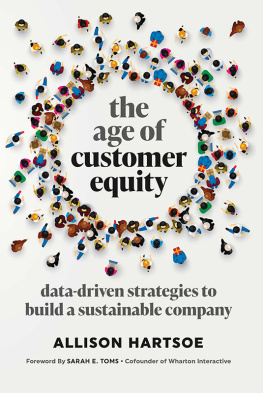

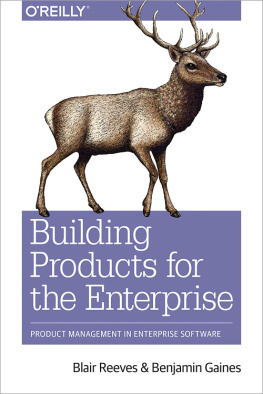
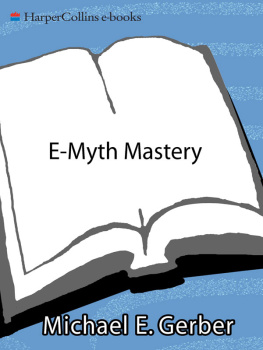
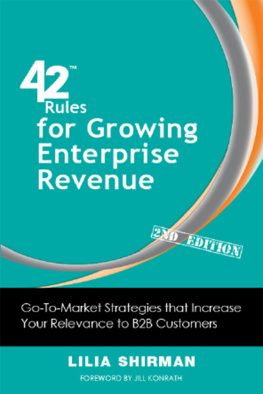
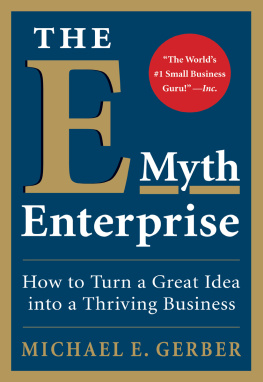

 WILLIAM E. SCHNEIDER
WILLIAM E. SCHNEIDER
